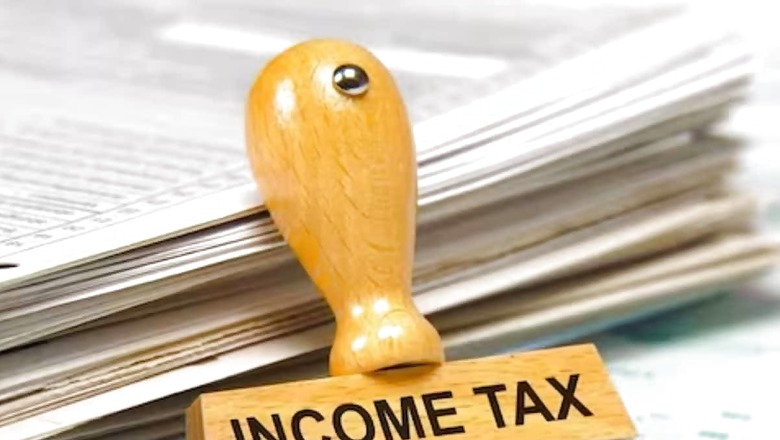
views
It has become an annual tradition for employers to remind us to start planning our taxes before the deadline. While taxes are often seen as a financial burden, what can make it more stressful is a lack of understanding regarding tax planning. It makes the process even more difficult while incorporating tax-saving strategies into the financial plans.As the end of the financial year is just around the corner, it is now the right time to start making your tax planning.
It is also important to make well-informed decisions regarding tax-saving investments before the 31 March deadline.
Mistakes to avoid while making tax-saving investments
1. Under the old tax regime, one can claim a deduction of at least Rs 1.5 lakh under Section 80C and an additional deduction of Rs 50,000 for the NPS contributions under Section 80CCD(1b). There are also deductions for other expenses like medical insurance and premium/interest paid on education and home loans. However, not everyone is aware of the entire deduction and makes fewer investments than they should. Investing less than one should restrict the taxpayer from saving more taxes and leaving much more on the table for the taxman.
2. On the other hand, investing more than the required amount must be also avoided. For example, if a person is repaying a home loan of a self-occupied house, the interest remains deductible under Section 24 but the principal portion of the EMI is deductible under Section 80C. The interest claimed on the interest of NSCs can also be claimed as a deduction. Adding up all of these, many taxpayers can discover that they have crossed the Rs 1.5 lakh limit under Section 80C. While this means no loss for the taxpayer, it can lock the capital for 3 to 5 years.
3. Making proper plans while investing is also important. One should carefully assess the utility of financial products before investing in them. For example, you should invest in ELSS funds if your investment pool needs equity exposure, invest in an insurance policy if you need life cover, contribute to NPS if you want retirement plans, and contribute to PPF if you require stability for the long term. Thus, your tax-saving investment should be in sync with your long as well as short-term investment objectives.
4. it is very important to understand policies and assess them before including them in the financial plan. For example, life insurance policies are one such product that requires a long-term commitment but premature closing of a policy can lead to big losses. Thus, you must assess your need for life insurance coverage, your ability to service the premium for a full term, and your willingness to accept a 5-6 percent return before making the purchase.
5. Putting up large sums of money in risky assets must be avoided as it can lead to loss, thanks to the fluctuations in the market. Considering the buoyancy in the equity market contributing to ELSS funds, it is suggested to not invest a lot of money in one go. Instead, one can put a partial amount in ELSS and put the rest of it in other options like PPF, NSCs, or tax-saving FDs.



















Comments
0 comment